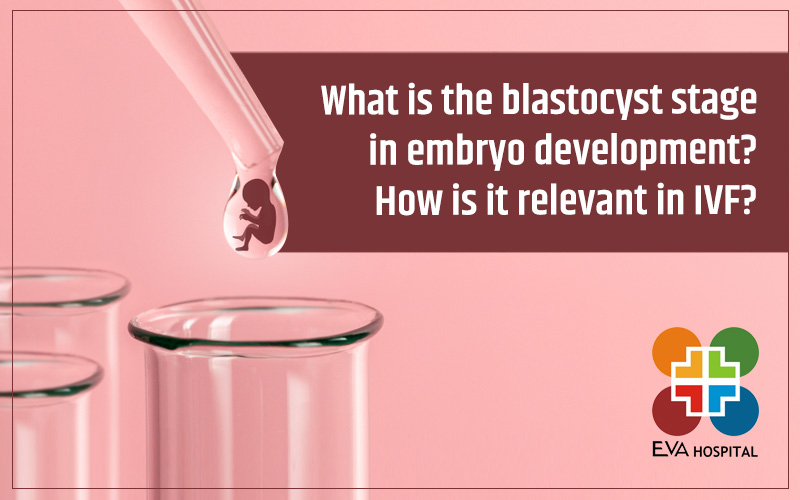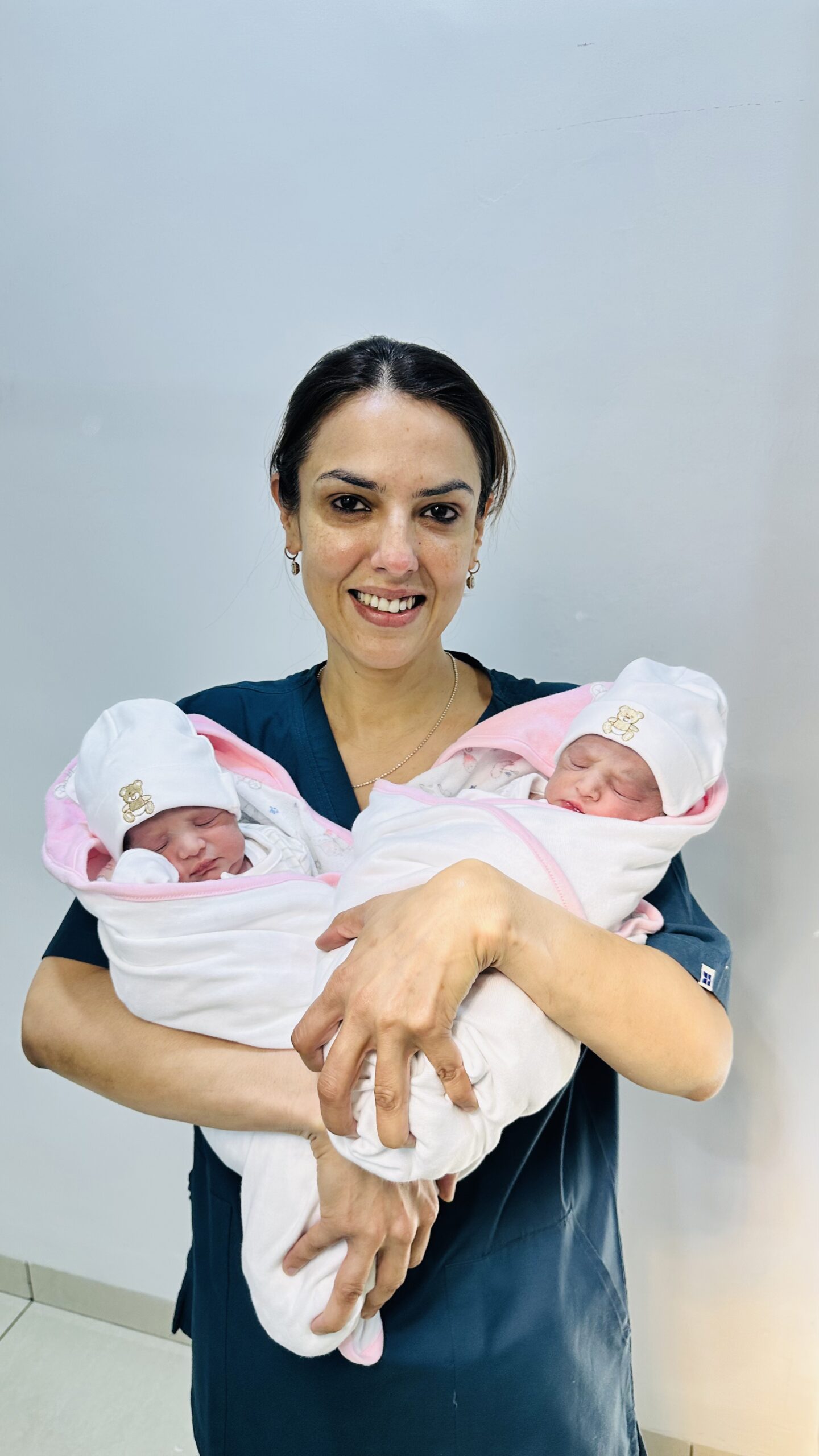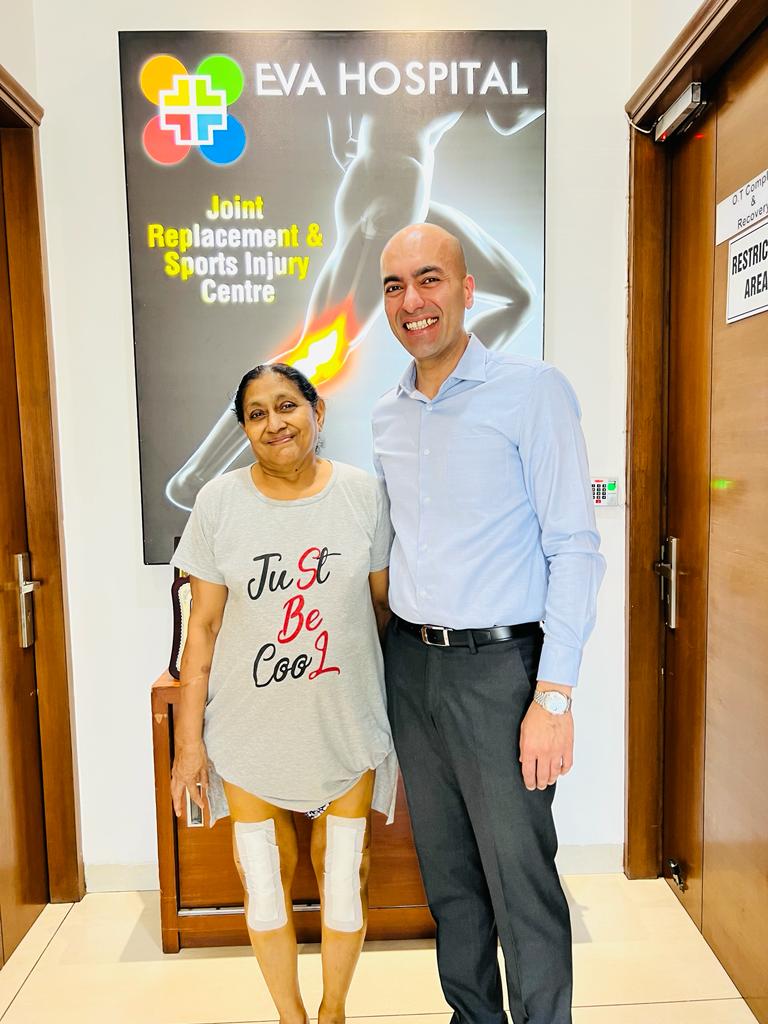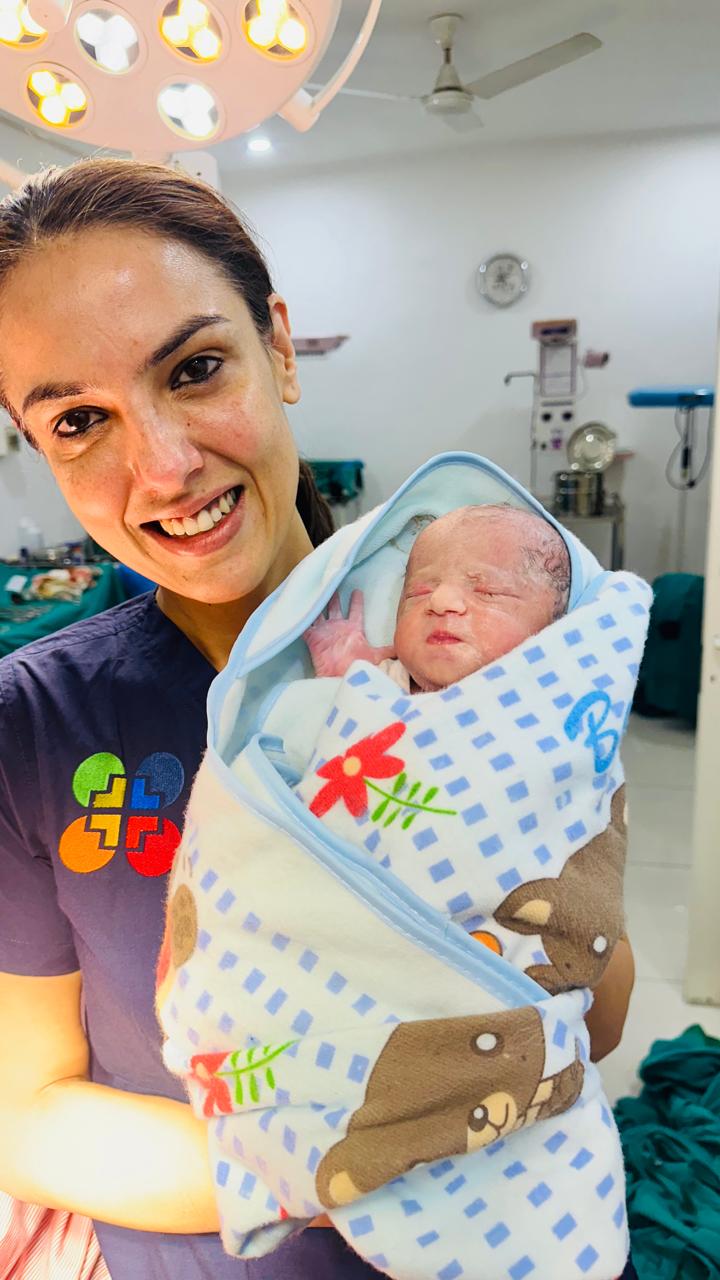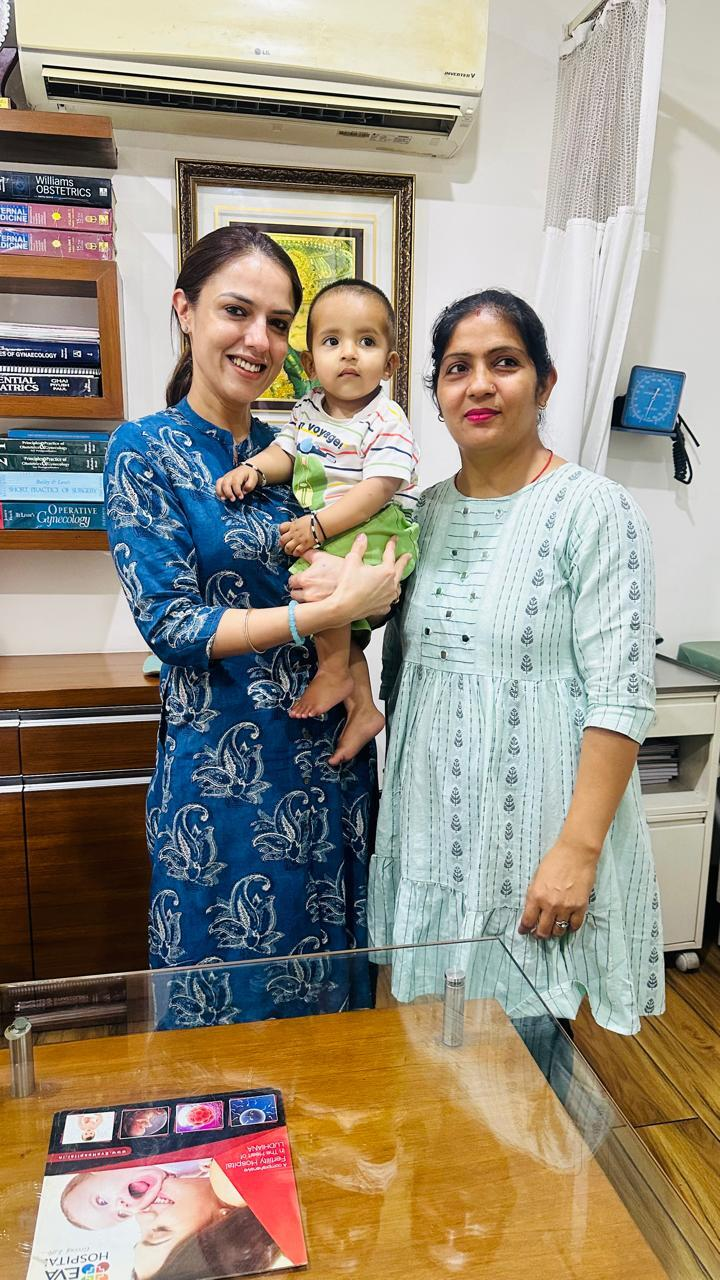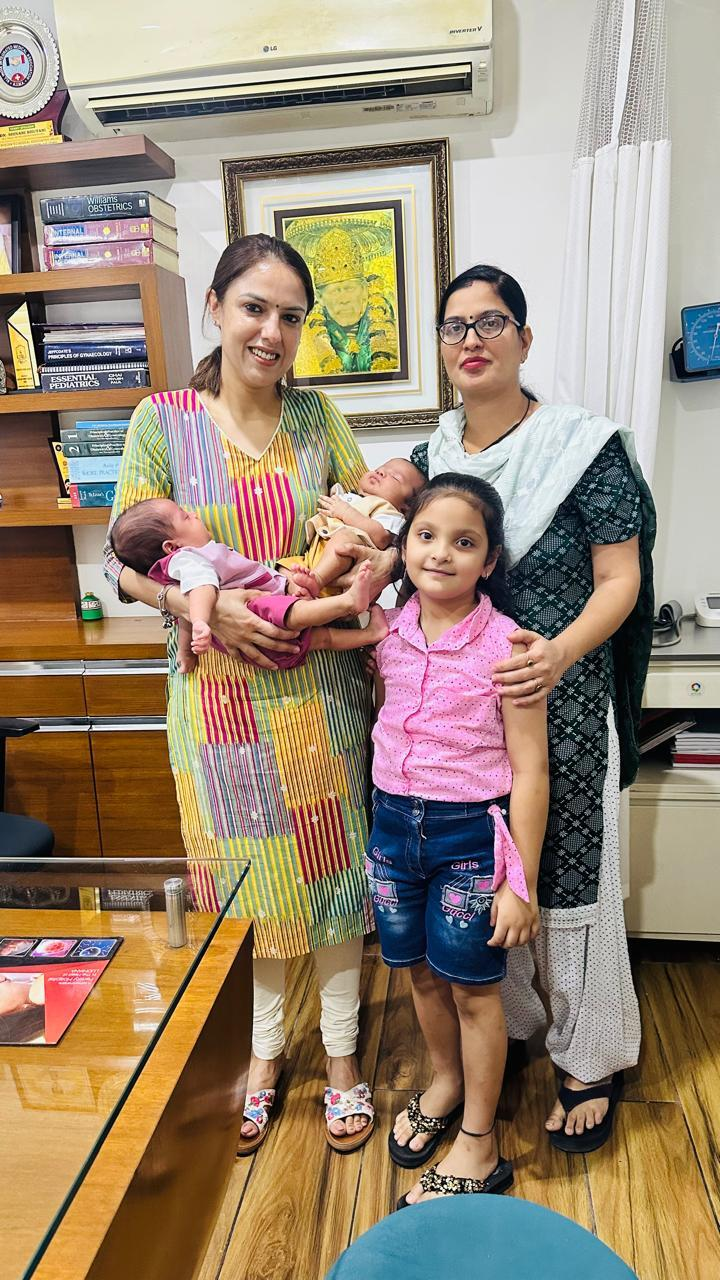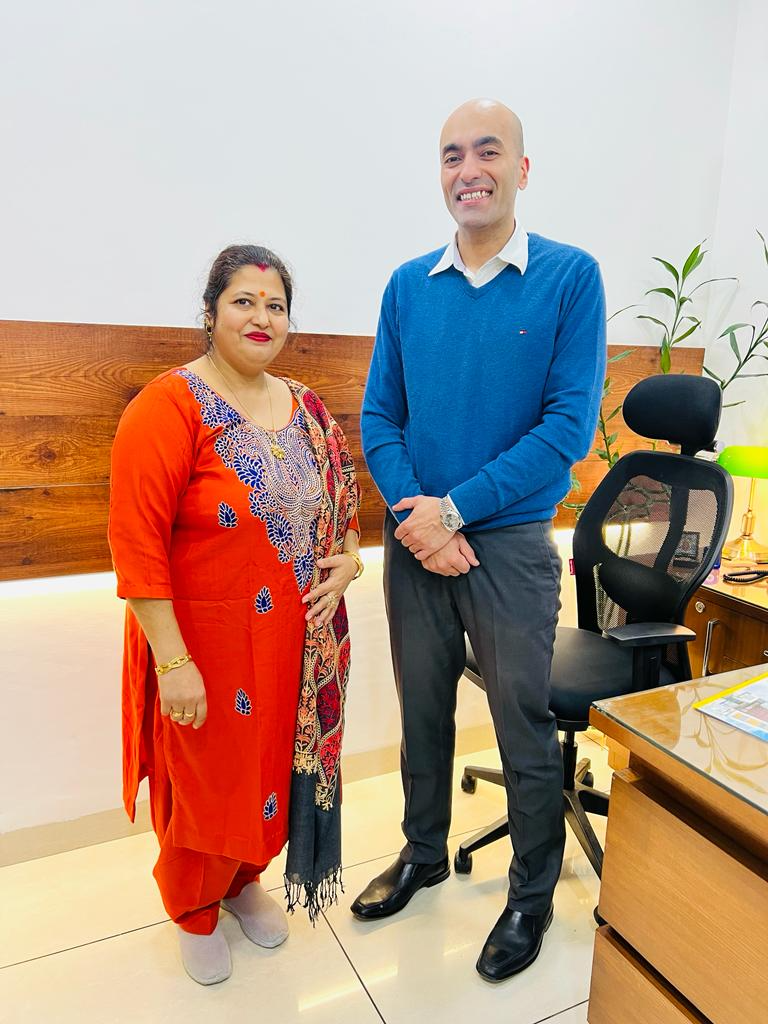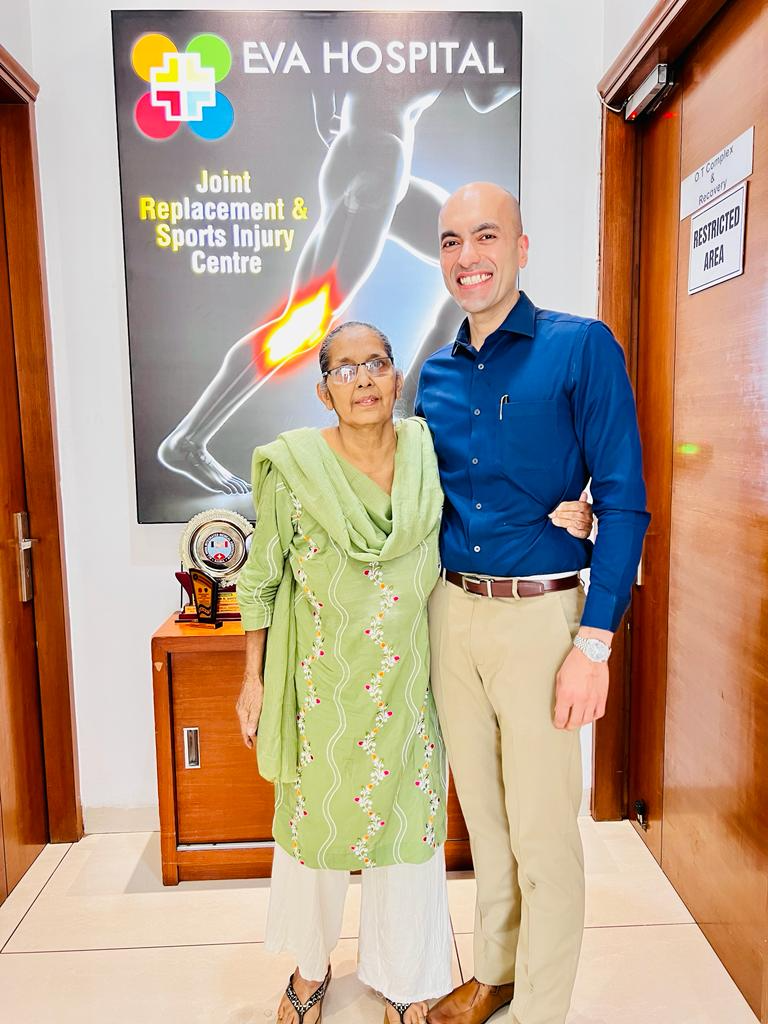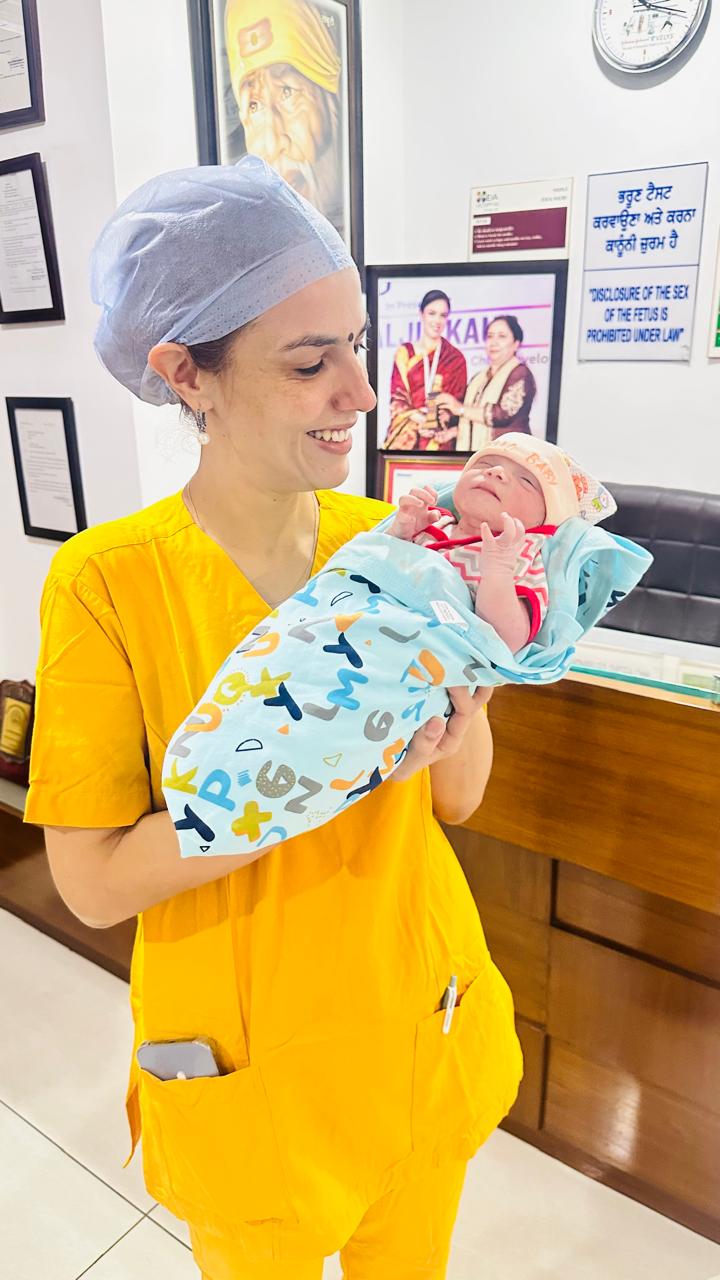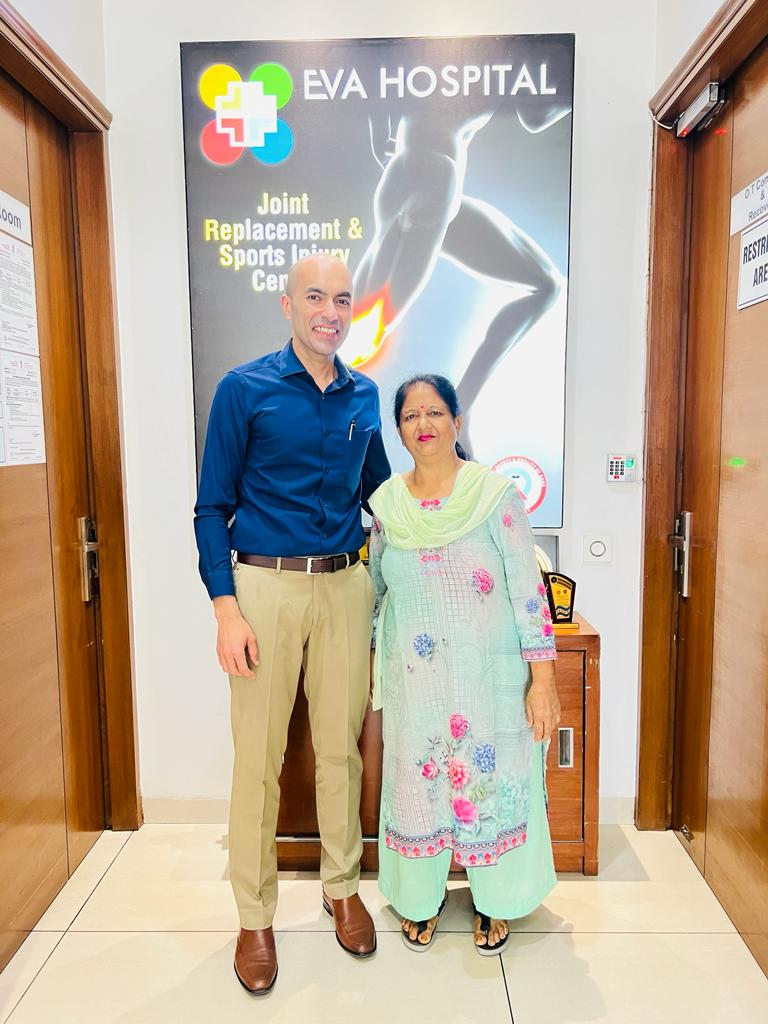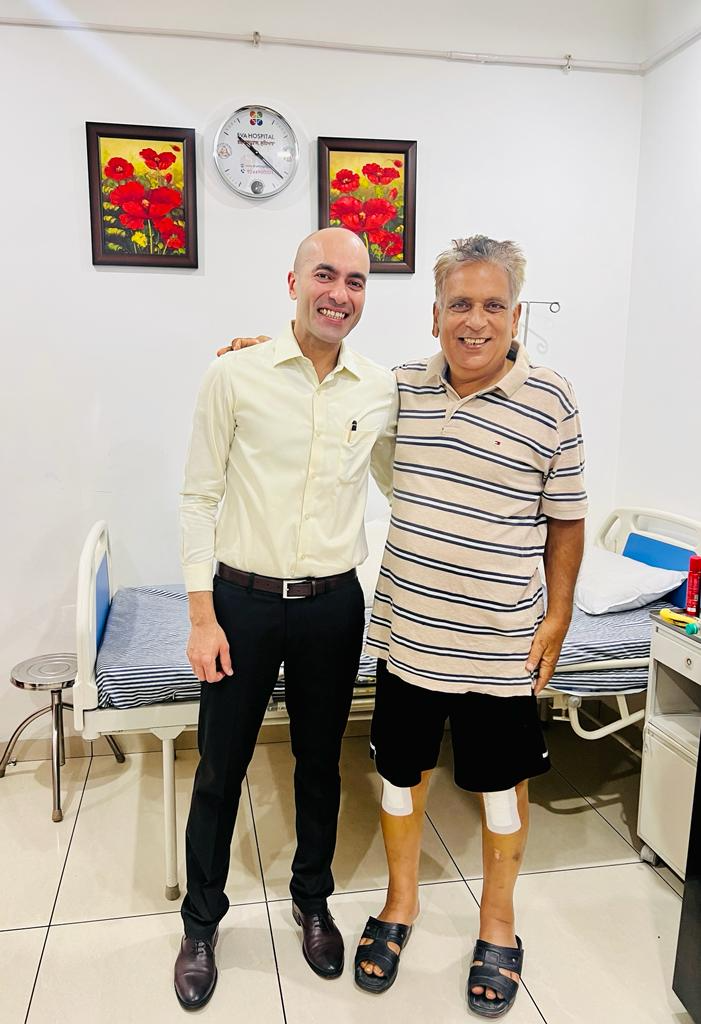[vc_row el_class=”cstm_container”][vc_column][vc_column_text]About a decade ago, it was a common practice among IVF specialists to transfer three-day-old embryos in IVF cycles. However, in the past few years, most have them have switched to using embryos that have survived for at least 5 days—better known as the embryos reaching the blastocyst stage. This is because the latest research has shown transferring embryos that have matured to this level have shown more positive results pertaining to clinical pregnancy and live-birth rates.
What is the blastocyst stage in embryo development?
Stages of embryo development include the egg retrieval process and its pairing with the sperm in the IVF laboratory. Once fertilization happens, it is considered Day 1 in the embryo development stage. On Day 2, the embryo gets divided into 2-4 cells; on Day 3, into 6-8 cells (the cleavage stage); on Day 4, over 8-10 cells are visible; and, on Day 5 or 6, between 70 cells to 200 cells. A human embryo that’s five-or-six-day old reaches the blastocyst stage. However, do remember that all human beings are different, and an embryo may reach the blastocyst stage on Day 7 in some cases.
In the blastocyst stage, whenever that is reached, the embryo has an inner mass carrying the cells, (which will later become the fetus), an assortment of cells near the central cavity (that will form the placenta) and a fluid-filled cavity in the middle called the blastocoel.
How many eggs reach the blastocyst stage?
The exact answer to this question depends on the age of the woman and the IVF cycle since blastulation rates differ from one cycle to another. In other words, all women produce normal as well as abnormal eggs. And, each batch is different.
It is pertinent to mention here that not every egg and sperm combination reaches the blastocyst stage. In the best-case scenario, only 80% of eggs fertilize on Day 1. Of this, only 30-50% of embryos reach the blastocyst stage.
Why is the blastocyst stage important?
In IVF treatment, transferring an embryo that has reached the blastocyst stage is often recommended because, at this stage, the embryo has already crossed major development hurdles and is more mature for various purposes. It is in fact the very timeframe in which the embryo naturally implants itself in the endometrium.
More importantly, at this stage, embryos can be tested for any genetic abnormalities, something which is not possible in the case of 2-3-day-old embryos. Latest research show that in women aged up to 35, live birth rates after blastocyst transfer are higher than after cleavage-stage transfers.
However, your doctor may prescribe transferring a younger embryo in your case based on factors such as your medical history, age, treatment choice, and egg and sperm quality. Also, know that blastocysts can split more easily than younger embryos. This means that even a single blastocyst transfer can lead to twins.[/vc_column_text][/vc_column][/vc_row]

